Which Metropolitan Areas are Building the Most Residential Homes?
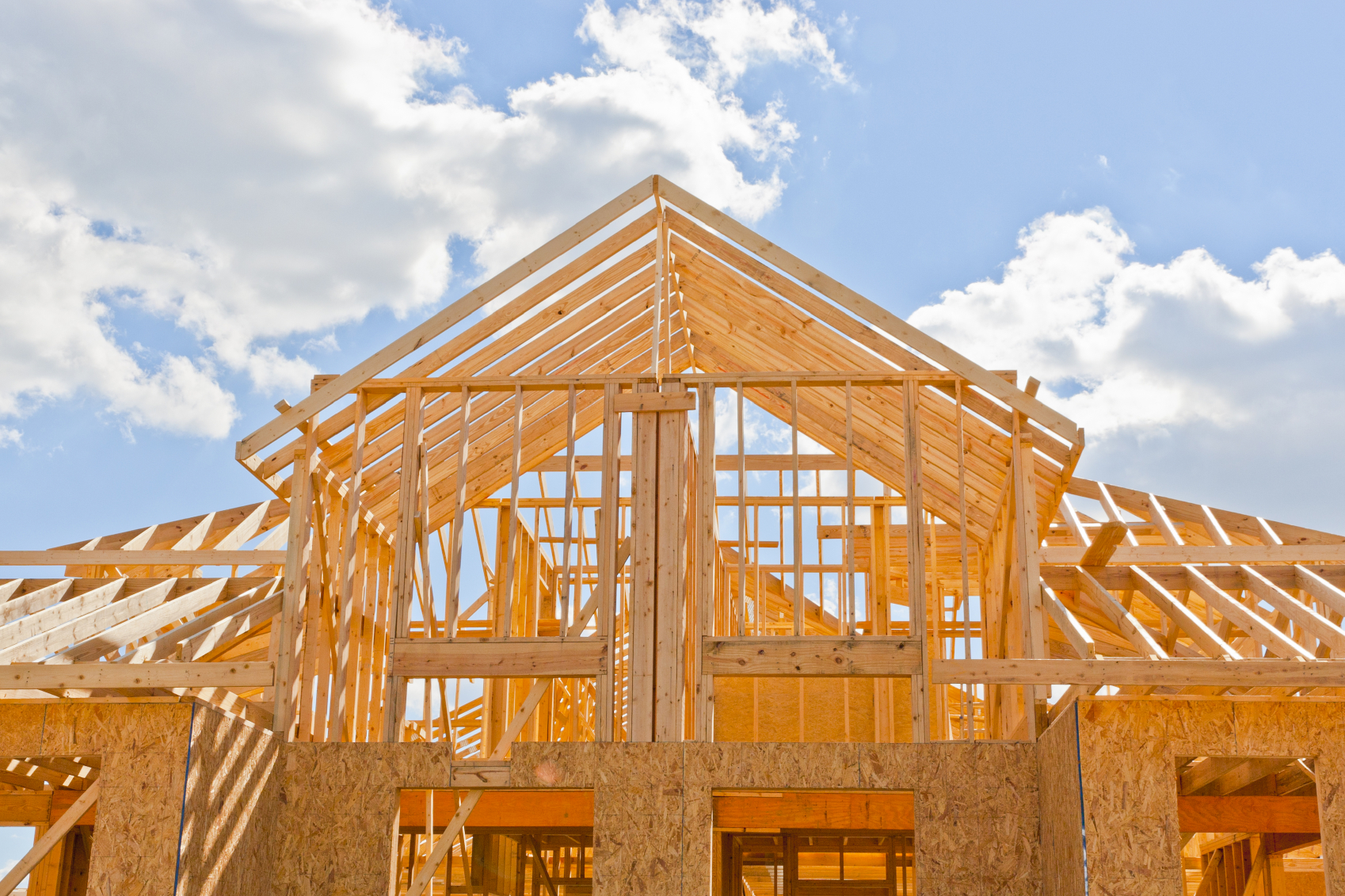
by Jake Hill, LawnStarter Research Analyst
June 27, 2017
The Home Builders industry experienced an 18.4% increase in revenue over the 2014-16 period. While revenue remains well below its pre-recessionary high, this growth is a welcomed change from the low levels of demand caused by the housing crisis of the last decade. However, much of this growth’s magnitude is attributable to the low levels from which the industry started at in 2012 and is expected to virtually plateau in the years to come.
As June – aka American Housing Month – comes to a close, LawnStarter’s research team analyzed residential building housing construction trends across the United States from 2014 to 2016.
Residential single family home construction has slowed down for the for the first time in 2016 since 2008. Nevertheless, the housing market has experienced growth over the past three years that it hasn’t seen since before the recession (caused by the housing crisis).
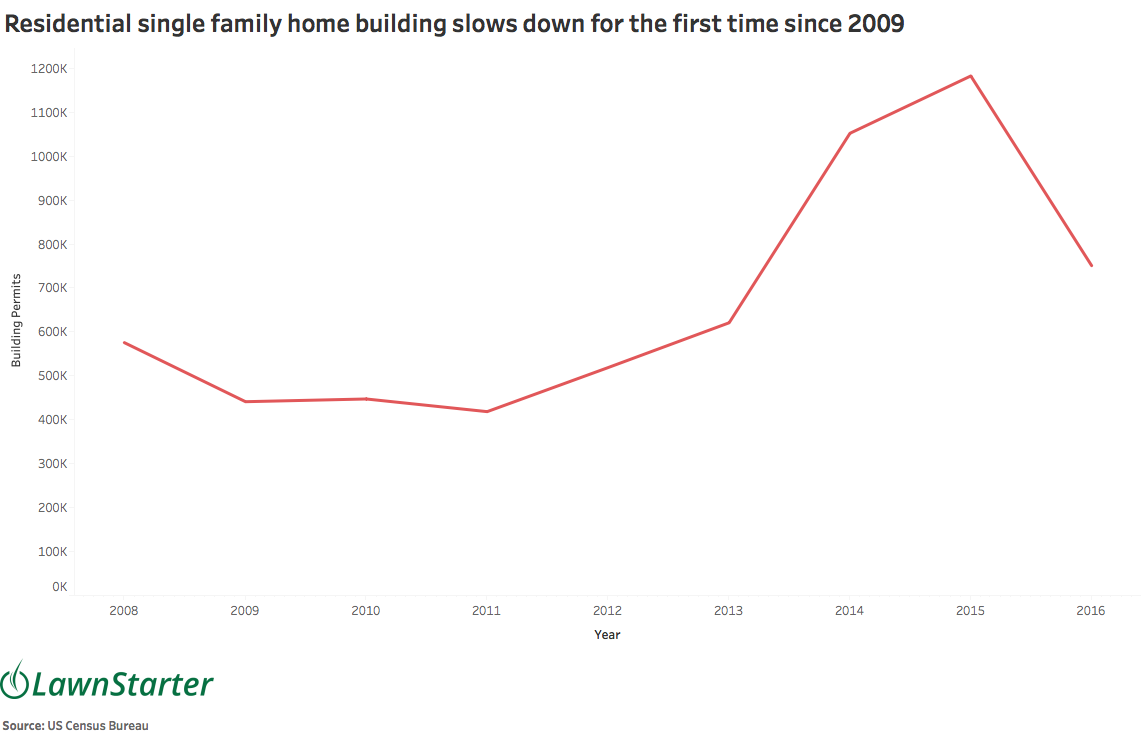
Nearly 3 million single family homes have been constructed since 2014. However, some areas of the country have seen greater gains than others. For example, technology investments in the network and digital education are paying dividends in Raleigh, and are helping to propel housing construction in other states. In these areas, the economic benefits of home building foster additional expansion to generate a virtuous cycle of growth.
But it’s the not-so-tech-savvy Baby Boomers that are propelling growth in the country’s fastest growing Metropolitan Statistical Area (read story below visualization for more info).
Census state-level building permit data helps show where building is taking place. Building permits are issued by local building departments prior to construction and are a useful proxy of construction activity. Houston led the nation in new single family homes with more than 110,000 permits over the 2014-16 period. The DFW (almost 84,000) and Atlanta (just over 60,000) were second and third – but of course, larger metros should have larger absolute totals.
Top 25 Single-Family Home Builders
To get a sense of the geographic distribution of the gains in residential construction, we calculated single unit building permits per 1,000 people. On a per capita basis, the top 20 leaders were:
- 1. The Villages, FL Metro Area: 44.34 (permits per 1,000 people)
- 2. Myrtle Beach-Conway-North Myrtle Beach, SC-NC Metro Area: 39.19
- 3. St. George, UT Metro Area: 32.53
- 4. Bend-Redmond, OR Metro Area: 26.37
- 5. Daphne-Fairhope-Foley, AL Metro Area: 25.04
- 6. Greeley, CO Metro Area: 24.78
- 7. Naples-Immokalee-Marco Island, FL Metro Area: 23.67
- 8. Hilton Head Island-Bluffton-Beaufort, SC Metro Area: 23.1
- 9. Coeur d'Alene, ID Metro Area: 21.24
- 10. Crestview-Fort Walton Beach-Destin, FL Metro Area: 20.87
- 11. Raleigh, NC Metro Area: 20.27
- 12. North Port-Sarasota-Bradenton, FL Metro Area: 19.45
- 13. Boise City, ID Metro Area: 19.39
- 14. Salisbury, MD-DE Metro Area: 18.79
- 15. Austin-Round Rock, TX Metro Area: 18.51
- 16. Nashville-Davidson-Murfreesboro-Franklin, TN Metro Area: 18.23
- 17. Charleston-North Charleston, SC Metro Area: 18.18
- 18. Fayetteville-Springdale-Rogers, AR-MO Metro Area: 17.42
- 19. Provo-Orem, UT Metro Area: 17.33
- 20. Wilmington, NC Metro Area: 17.23
- 21. Sebastian-Vero Beach, FL Metro Area: 17.02
- 22. Billings, MT Metro Area 16.89
- 23. Bismarck, ND Metro Area: 16.87
- 24. Houston-The Woodlands-Sugar Land, TX Metro Area: 16.66
- 25. Dover, DE Metro Area: 16.5
In the visualization below, you can explore new home construction per capita along with building permit trends by Metropolitan Area over the 2014-16 period in the U.S.
Add me to your site! (copy the code below)
The Villages is the nation's leading home builder
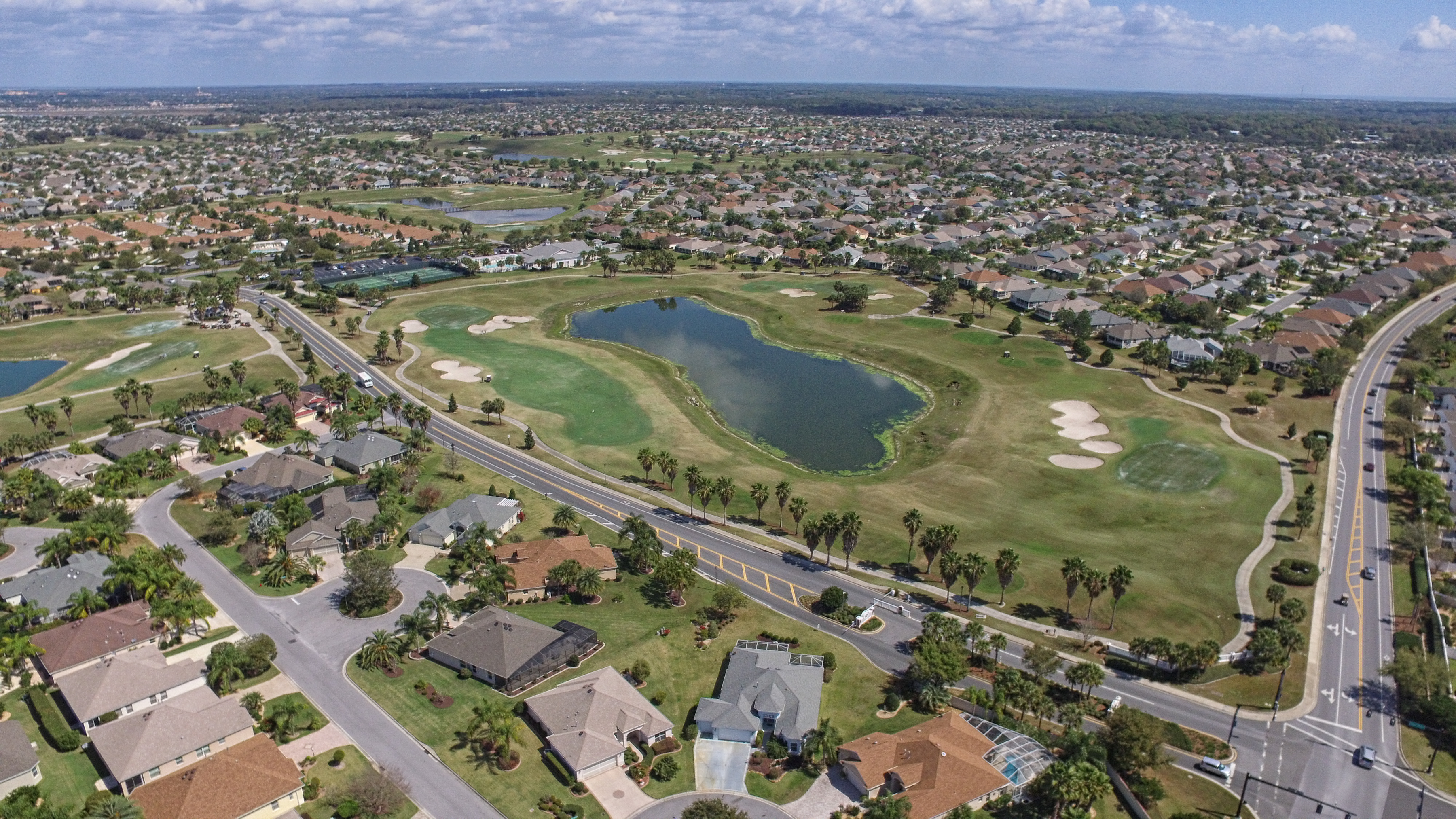
The Villages, FL Metro Area is the 316th largest metropolitan statistical area in the nation with a combined population of 123,996 people and, according to Data USA, has a median age of 65.
The Villages lies at the crossroads of I-75 and the Florida Turnpike – meaning downtown Orlando is only 45 minutes away and Tampa only an hour, lending the location an economical advantage. But it isn’t a booming local economy that’s drawing residents to the area.
It’s important to understand the context of the development in The Villages. As we already mentioned, the median age of the community is 65. The Villages is a master-planned, age-restricted community populated principally by retirees and is also one of the fastest growing metros in the country. Over the 2014-16 period, the metro’s population grew 8.76% – more than any other metro in the nation according to LawnStarter analysis.
For comparison, the Austin-Round Rock metro’s population grew 6.53%, while the nation’s largest home builder, Houston, grew just 4.38%.
The mass retirement of the Baby Boomers provided the perfect demand and demographic for the community, which grew out of several prior developments owned by the Schwartz and Morse families dating back to the 60’s.
Baby Boomers – whose generation was defined by the boom in U.S. births following World War II – until recently, were the largest living generation. And in recent years, the majority of this group has reached retirement age. Boosting the competitive landscape and demand for retirement communities that offer residents luxurious amenities and a tranquil atmosphere.
“Through efficiency and volume, The Villages achieves economies of scale that allow them to market a very competitive product (i.e. retirement communities for the wealthy) with amenities [that are] largely unmatched by similar developments,” explains Karl E. Holley, Director of Development Services on the Sumter County Board of Commissioners.
[The Villages development team has] told me over the years that they have made every mistake in the book twice, so they have refined their process to be both cost-effective and timely,” continues Holley, “generating excellent word of mouth for the development.”
Again, noting that The Villages is primarily a retirement community, the availability of employment is not a major factor in their resident’s decision to locate. However, The Villages is a significant job creator, with large retail, food, and personal services sectors – as well as, of course, construction.
While The Villages is essentially a city of well over 100,000 people spanning three counties, it’s not an average city in terms of business and industry, but yields a great source of wealth imported into the region that was earned elsewhere over the course of the residents’ working life.
Despite a recent downturn in permitted homes in the metro, The Villages has recently acquired significant new tracts of land in the county and has announced plans for another 14,000 residential units in Sumter County over the next 7 to 10 years.
Top Photo: findwell Blog
Related Posts
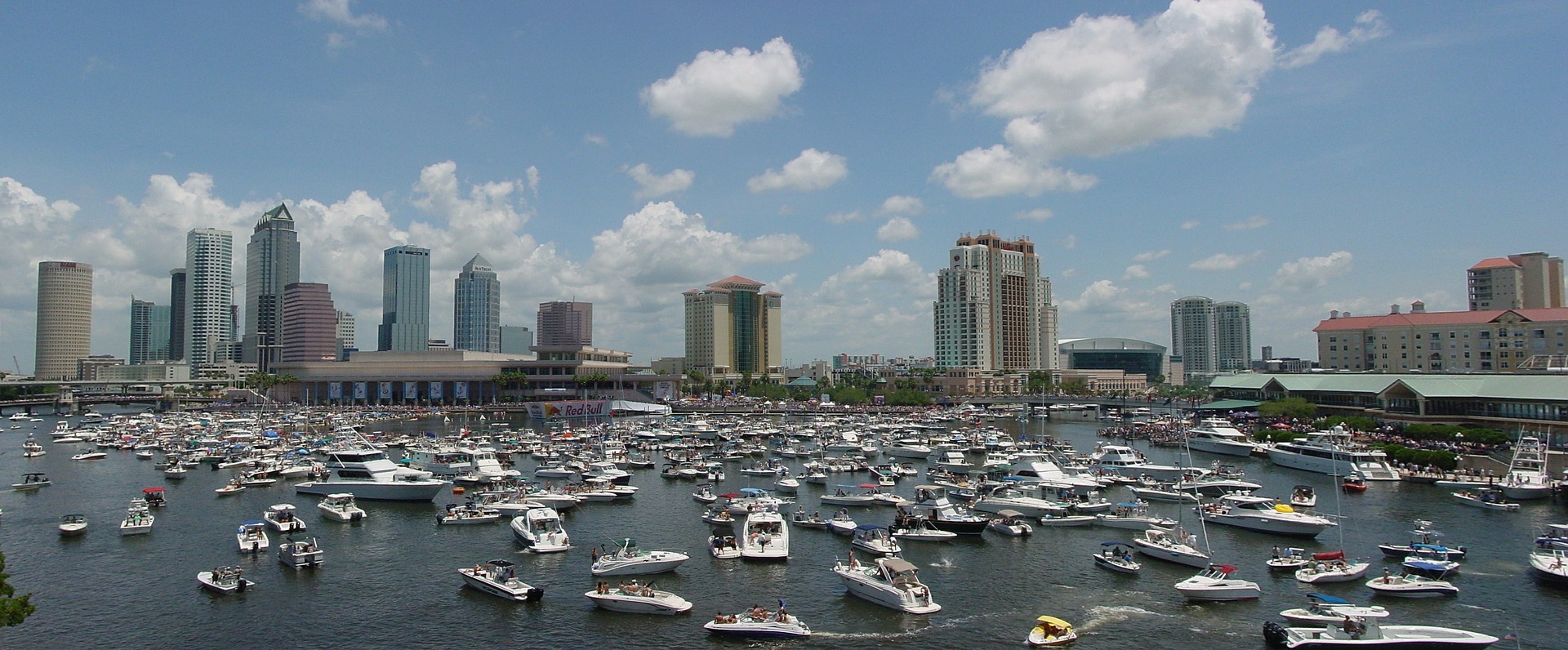
Which Out-of-State Metros Send the Most New Residents to Tampa Bay?
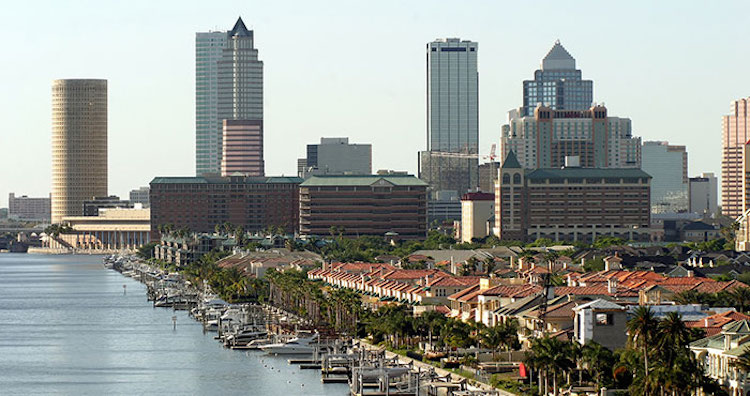
Which Tampa Bay County Pays the Highest Property Taxes?
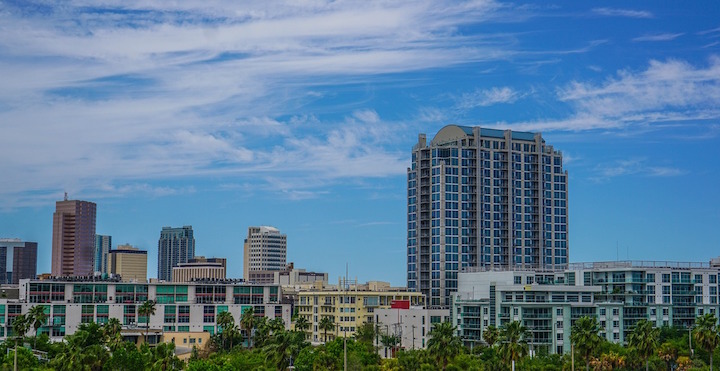
Tampa Bay One of Top Metros for Households With Solo Homeowners
LawnStarter is Tampa's most convenient lawn care service
Easy 5 minute booking
Tampa's top-rated lawn pros
Online account management